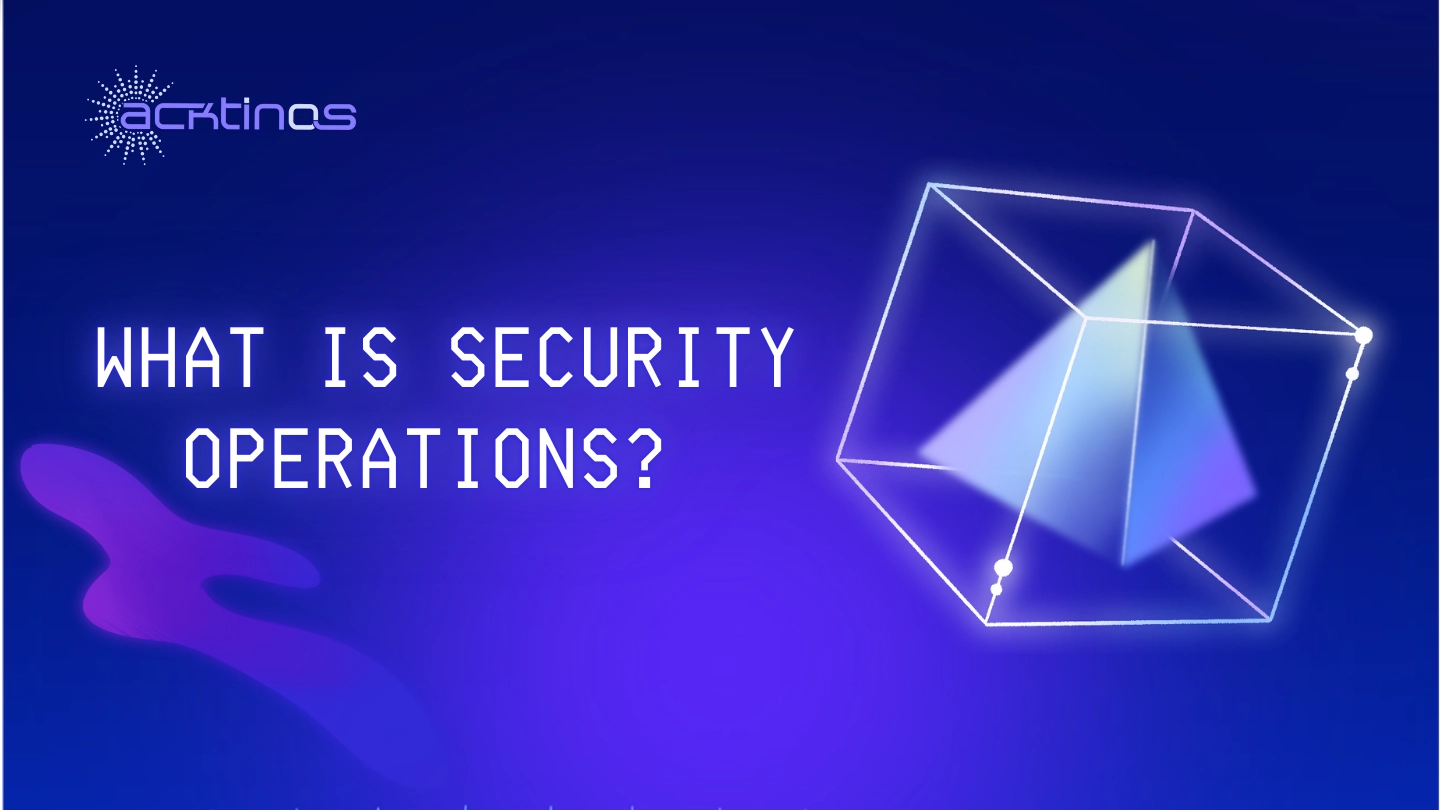Combining cybersecurity tools, processes, and teams under one operational umbrella, Security Operations is all about detecting, analyzing, and responding to security threats on time.
But it’s not just for enterprise giants; organizations of all sizes are realizing why a mature security operations strategy is no longer optional.
Let’s break down what SecOps really means and why it matters now more than ever.
What is Security Operations (SecOps)?
Security Operations (SecOps) is the collaborative function where IT operations and security teams work together to monitor, detect, prevent, and respond to cybersecurity threats.
The core components of SecOps include:
- Security Operations Center (SOC): The centralized hub where threats are monitored and managed.
- Threat Detection Tools: SIEM (Security Information and Event Management), firewalls, EDRs, and more.
- Incident Response Plans: Predefined protocols to handle breaches or suspicious activity.
- Continuous Monitoring: 24/7 oversight of systems and networks for unusual behavior.
In short, SecOps is the engine that drives real-time cybersecurity defence.
Why SecOps Is Essential for Today’s Businesses
Cyber Threats Are Constant and Evolving
From phishing scams to ransomware attacks, businesses face a large volume and variety of threats. SecOps helps by enabling:
- Rapid identification of security incidents
- Automated alerting and triage
- Real-time response capabilities
Without SecOps, you’re often reacting after damage is done.
It Bridges the Gap Between IT and Security
Traditionally, IT operations and security teams have worked in silos. That disconnect often slows down incident response or leads to miscommunication.
SecOps ensures:
- Collaboration between infrastructure and cybersecurity experts
- Aligned goals between uptime and protection
- Clear accountability and faster decision-making
Why it matters: A unified team means faster, smarter responses when every second counts.
Proactive, Not Reactive Security
A strong SecOps program shifts your posture from reactive to proactive. With advanced tools and continuous threat hunting, you can identify vulnerabilities before attackers exploit them.
Key proactive strategies include:
- Regular vulnerability assessments
- Threat intelligence integration
- Red team/blue team simulations
What Does a Modern SecOps Team Look Like?
A well-rounded Security Operations team includes:
- Security analysts: Monitor threats, investigate alerts
- Incident responders: Contain and recover from attacks
- Engineers: Maintain and optimize security tools
- Threat hunters: Actively search for undetected threats
Depending on the size of your business, these roles may be in-house or outsourced through a Managed Security Services Provider (MSSP).
Key Benefits of Implementing SecOps
- Faster response times to breaches and suspicious activity
- Better collaboration between IT and cybersecurity
- Improved compliance with regulations like GDPR, HIPAA, and ISO
- Lower costs by minimizing breach impacts and downtime
- Enhanced visibility into your security environment
How SecOps Supports Compliance and Audit Readiness
From healthcare to finance to SaaS platforms, nearly every industry is subject to regulatory standards around data protection and cybersecurity.
A well-structured SecOps framework helps you:
- Log and store security events for compliance review
- Maintain access controls and change management records
- Prove due diligence during audits
Standards like HIPAA, PCI-DSS, ISO 27001, and GDPR increasingly expect organizations to demonstrate active monitoring and response capabilities.
Why it matters: SecOps builds the operational structure that keeps your business compliant and audit-ready year-round.
Automation and AI in SecOps
Modern SecOps is also powered by automation and artificial intelligence (AI).
AI-enhanced tools can:
- Identify patterns across huge volumes of data
- Automate low-priority alert triage
- Flag anomalies before they escalate
- Execute containment protocols (like disabling user accounts or isolating infected endpoints)
Why it matters: Automation frees your security team to focus on complex threats, while AI helps identify them faster than any human could.
Challenges Businesses Face Without SecOps
Many small to mid-sized businesses underestimate the consequences of not having a dedicated SecOps strategy. Without it, you risk:
- Slower detection times, which increase breach costs
- Inconsistent incident response, leading to missteps during attacks
- Overwhelmed IT teams, who can’t juggle both system management and cybersecurity effectively
- Limited visibility, which makes it difficult to see or track attacks in progress
Why it matters: Even a modest investment in SecOps can prevent costly disruptions and protect your company’s reputation.
Getting Started: Building Your SecOps Framework
If you’re new to SecOps, start small and scale. Here’s a basic roadmap:
- Assess current security posture: Identify where your gaps are
- Define key roles and responsibilities: Even if it’s one person wearing many hats
- Choose the right tools: SIEM platforms, endpoint detection, threat intel feeds
- Create a response plan: Who does what in case of an incident?
- Monitor and improve: Review alerts, measure KPIs, and adapt as needed
Pro Tip: If you don’t have in-house capabilities, consider partnering with a Managed Security Operations Center (SOC) provider to fill the gaps.
Conclusion
SecOps is the foundation of a modern, resilient cybersecurity strategy. By integrating security into operations, businesses can move faster, stay safer, and be better prepared for the growing threat landscape.
Whether you’re a mid-sized company or a large enterprise, investing in Security Operations today means building a more secure, agile, and confident tomorrow.


